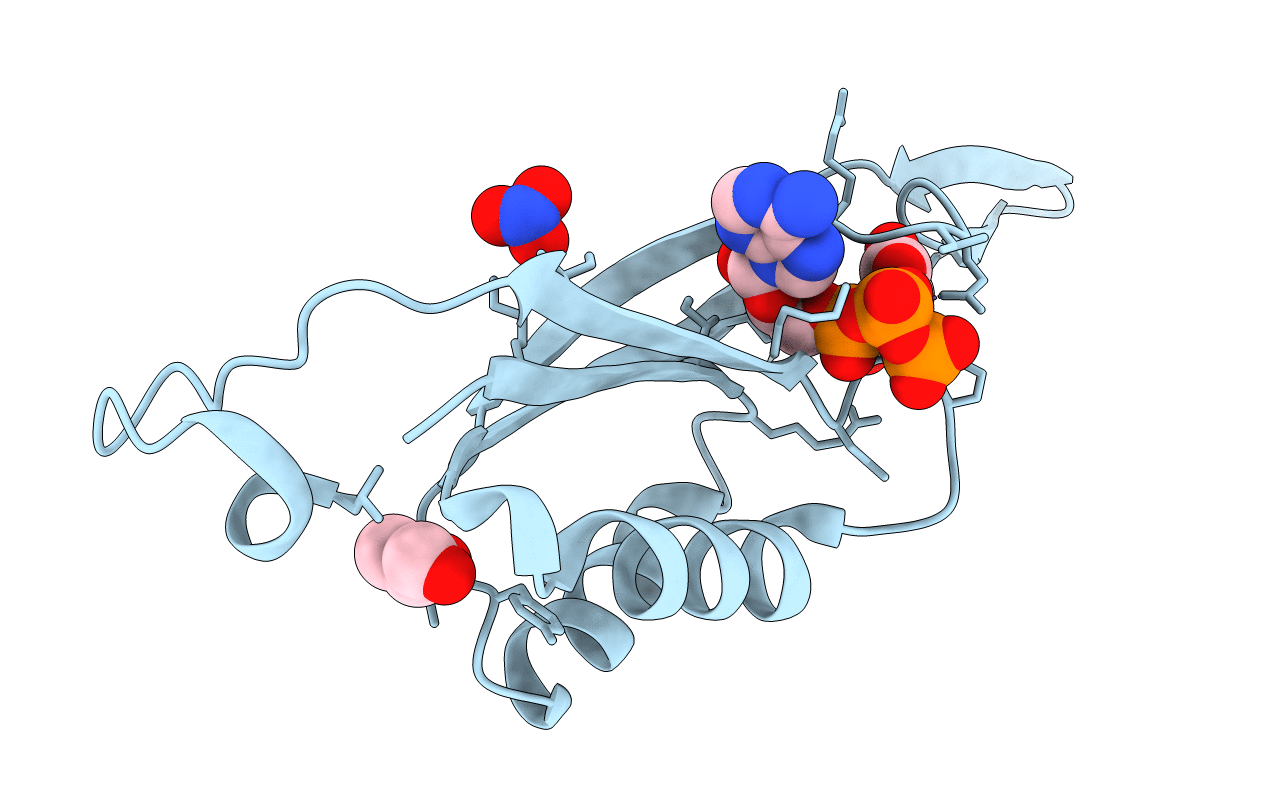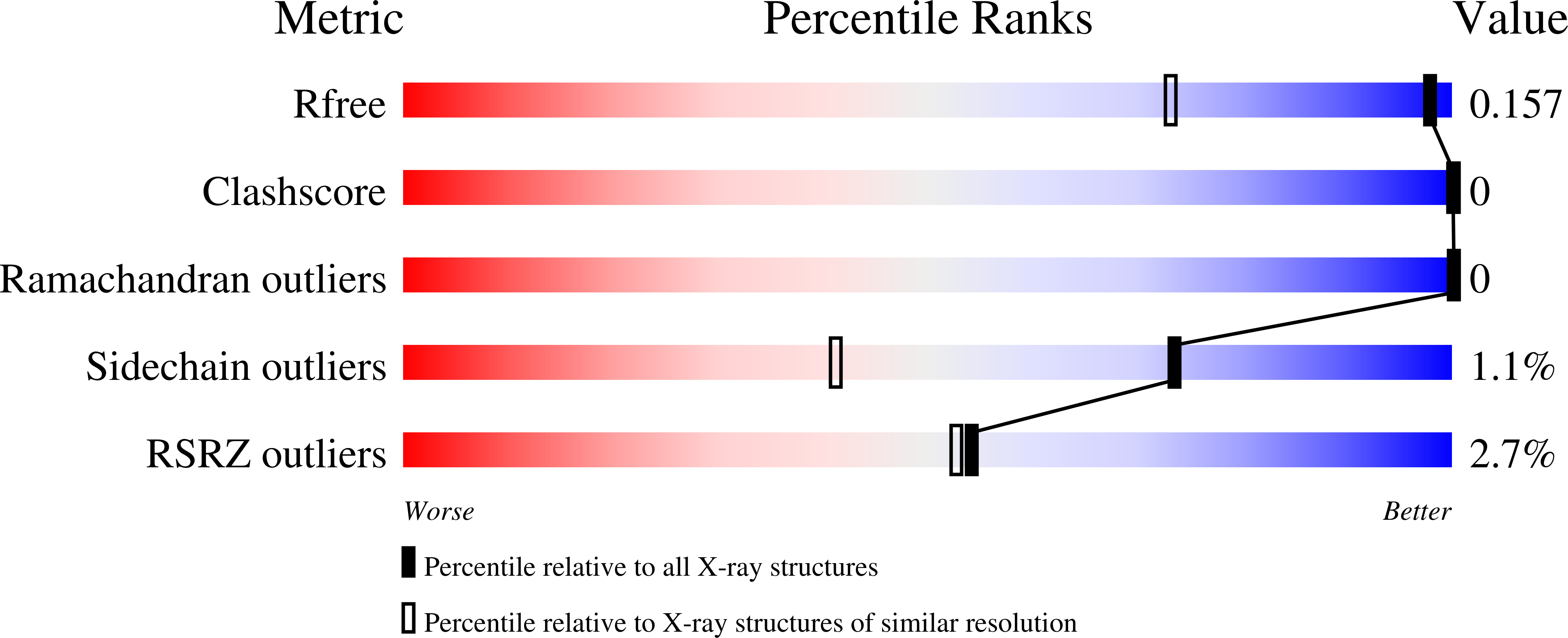
Deposition Date
2021-07-13
Release Date
2021-10-06
Last Version Date
2024-11-06
Entry Detail
PDB ID:
7P52
Keywords:
Title:
GlnK1 from Methanocaldococcus jannaschii with Mg-ATP and 2-oxoglutarate at a resolution of 1.2 A
Biological Source:
Source Organism:
Methanocaldococcus jannaschii DSM 2661 (Taxon ID: 243232)
Host Organism:
Method Details:
Experimental Method:
Resolution:
1.20 Å
R-Value Free:
0.15
R-Value Work:
0.13
R-Value Observed:
0.13
Space Group:
H 3 2


